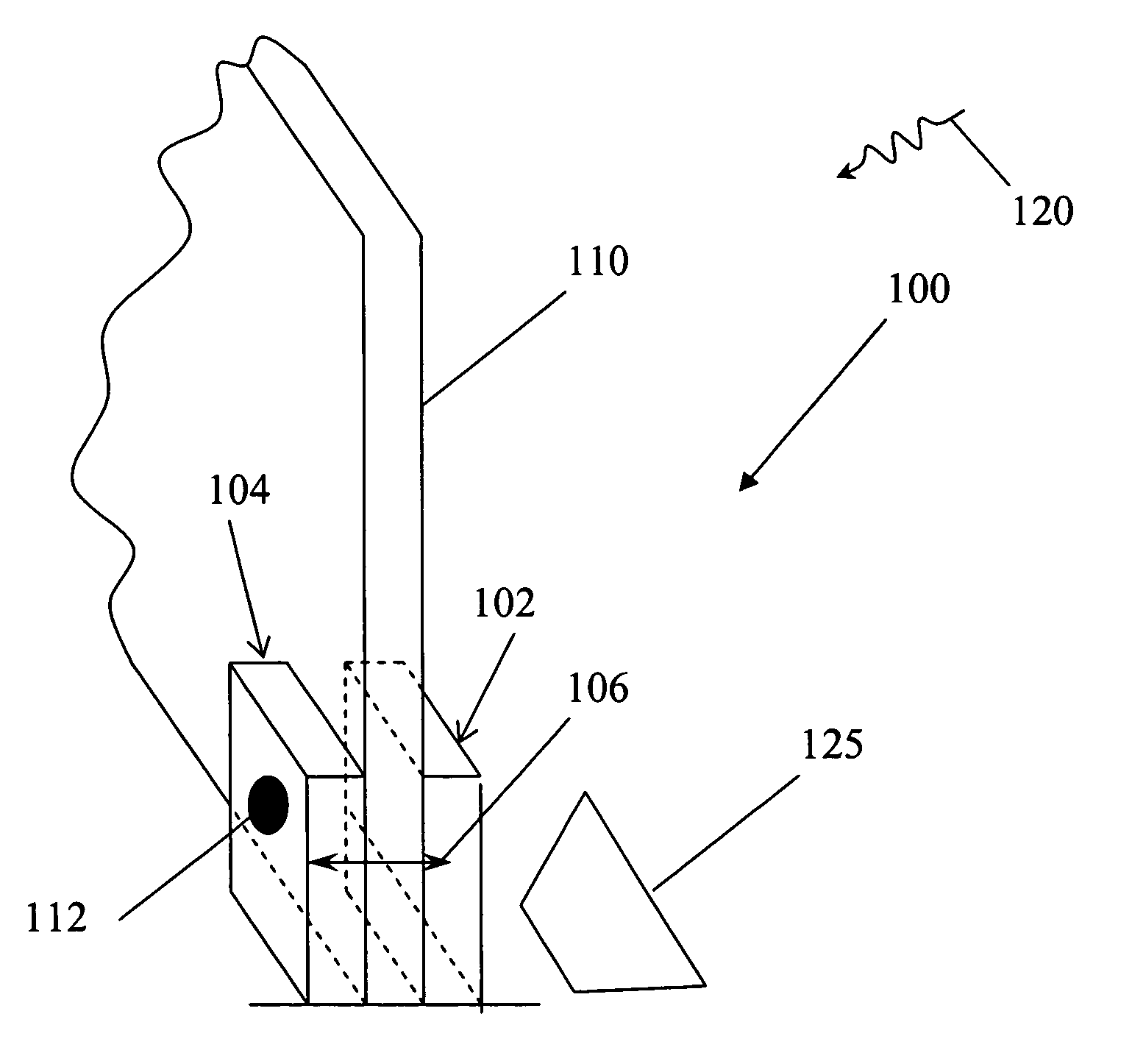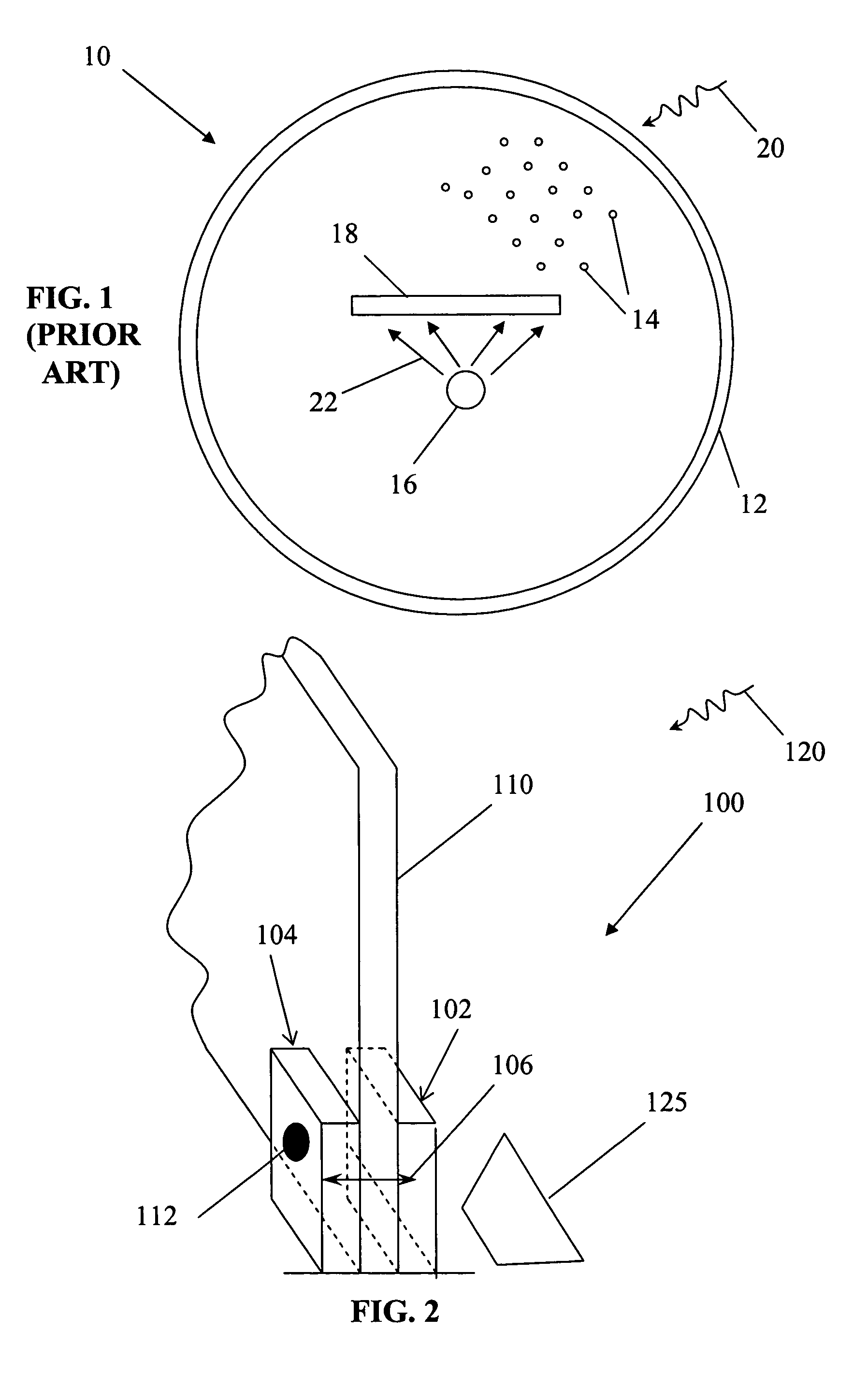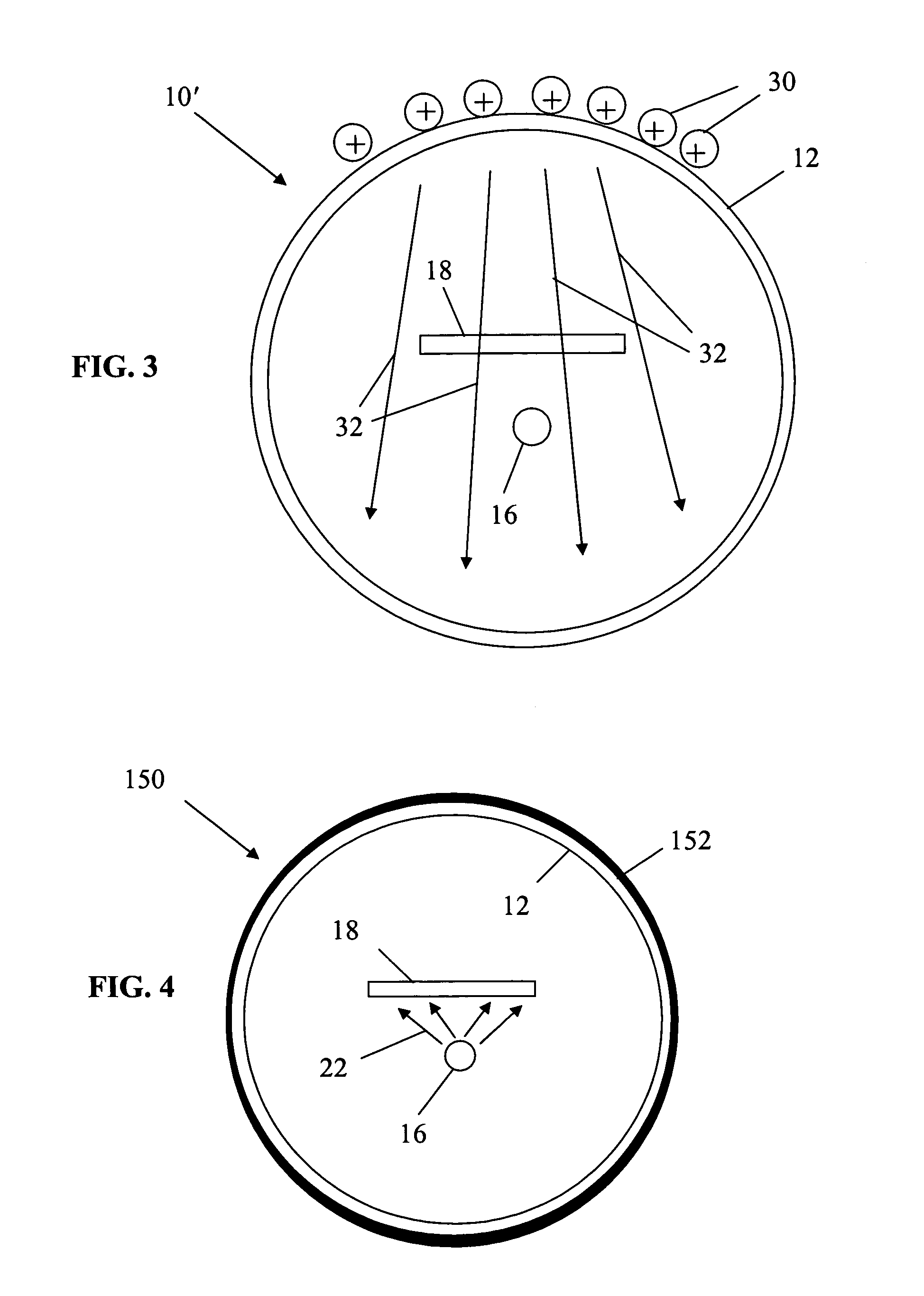Remote sensing and signaling of the presence of wildfire
a remote sensing and wildfire technology, applied in the field of remote sensing and signaling of the presence of wildfire, can solve the problems of increasing the danger of wildfire, quickly overwhelming any available resources, and no homeowner can be constantly on the lookout, so as to enhance the detection response to the wildfire
- Summary
- Abstract
- Description
- Claims
- Application Information
AI Technical Summary
Benefits of technology
Problems solved by technology
Method used
Image
Examples
Embodiment Construction
[0033]The following description is presented to enable one of ordinary skill in the art to make and use the invention and is provided in the context of a patent application and its requirements. Various modifications to the described embodiments will be readily apparent to those skilled in the art and the generic principles herein may be applied to other embodiments. Thus, the present invention is not intended to be limited to the embodiment shown but is to be accorded the widest scope consistent with the principles and features described herein.
[0034]It would be desirable to obtain a compact system for wildfire detection which is suitable for use by a typical homeowner and is readily mountable by, for example, hook-and-loop attachment to the outside and / or inside of a window.
[0035]The present invention provides a way to increase the sensitivity of a photo-electric avalanche tube (GM tube) to the UVC photons associated with flames or electrical sparks, while simultaneously suppressi...
PUM
 Login to View More
Login to View More Abstract
Description
Claims
Application Information
 Login to View More
Login to View More - R&D
- Intellectual Property
- Life Sciences
- Materials
- Tech Scout
- Unparalleled Data Quality
- Higher Quality Content
- 60% Fewer Hallucinations
Browse by: Latest US Patents, China's latest patents, Technical Efficacy Thesaurus, Application Domain, Technology Topic, Popular Technical Reports.
© 2025 PatSnap. All rights reserved.Legal|Privacy policy|Modern Slavery Act Transparency Statement|Sitemap|About US| Contact US: help@patsnap.com



